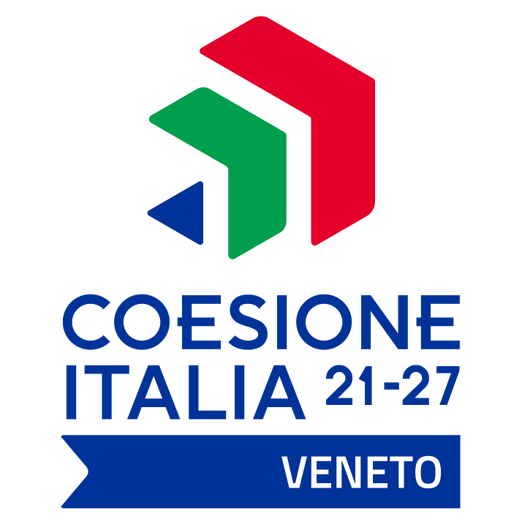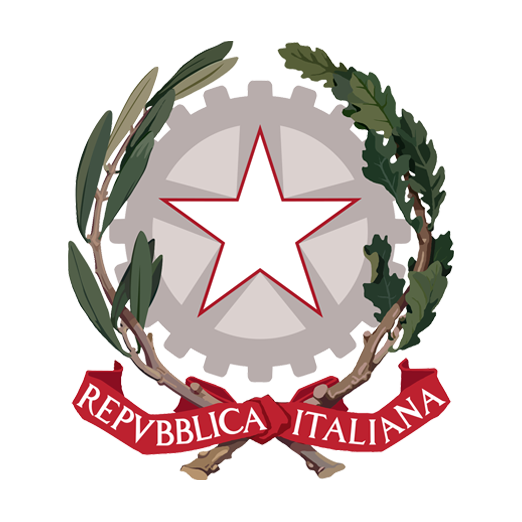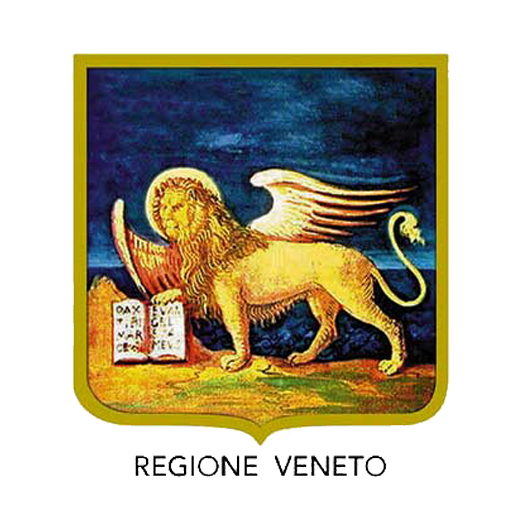Town Hall
Piazza Maggiore, 6
Overlooking the ancient Piazza Maggiore stands the Town Hall, a building with a long history rooted in the Venetian era. At that time, it was known as the Palazzo Pretorio, residence of the podestà sent from Venice, and between 1870 and 1920 it served as the courthouse. The building has undergone numerous renovations and transformations over the centuries, but the current noble façade dates back to the late 18th century. A commemorative plaque on the façade recalls the visit of Giuseppe Garibaldi, who addressed the citizens from this very spot on February 26, 1867.
The large loggia of the palace, once crowded with traders and farmers on market days, remained for a long time a lively place for meetings and commercial exchange. This was also the location of the Caffè Borsa, inaugurated in the early 1930s.
Inside the Town Hall, the staircase houses the monument to Vittorio Emanuele II, created by sculptor Antonio Dal Zotto (1881), along with works by the Este-born sculptor Gino Vascon. The space is enriched by ancient coats of arms of Este families who held the main public offices during the Venetian era.
On the main floor, the central hall opens up, decorated with fine Venetian school canvases. Among them stands out the altarpiece Saint Felix of Cantalice receives the Infant Jesus from the Virgin in the presence of Saint Francis, painted by Antonio Zanchi between 1695 and 1697. The elegance of the building continues in the Council Room, where the ceiling is adorned with another work by Zanchi, Saint Thecla implores the Holy Trinity to protect Este. On the walls of the room are plaster busts of six distinguished citizens, celebrated as models of civic virtue and meritorious in the arts and letters.
Opposite the Council Room is the Hall of the Magnificent Community, an extraordinarily refined space lined with an imposing series of solid walnut cabinets extending over 15 meters. Created in the late 16th century for the Monte di Pietà, these cabinets feature a continuous sequence of double-leaf doors enriched with elegant walnut burl panels.
Returning to the façade of the Town Hall, alongside the stone coat of arms of the city, two inscriptions stand out: one commemorates the brief stay in Este of the sons of King Vittorio Emanuele II, and the other is dedicated to the Este citizens who fell in the wars of the Italian unification.






